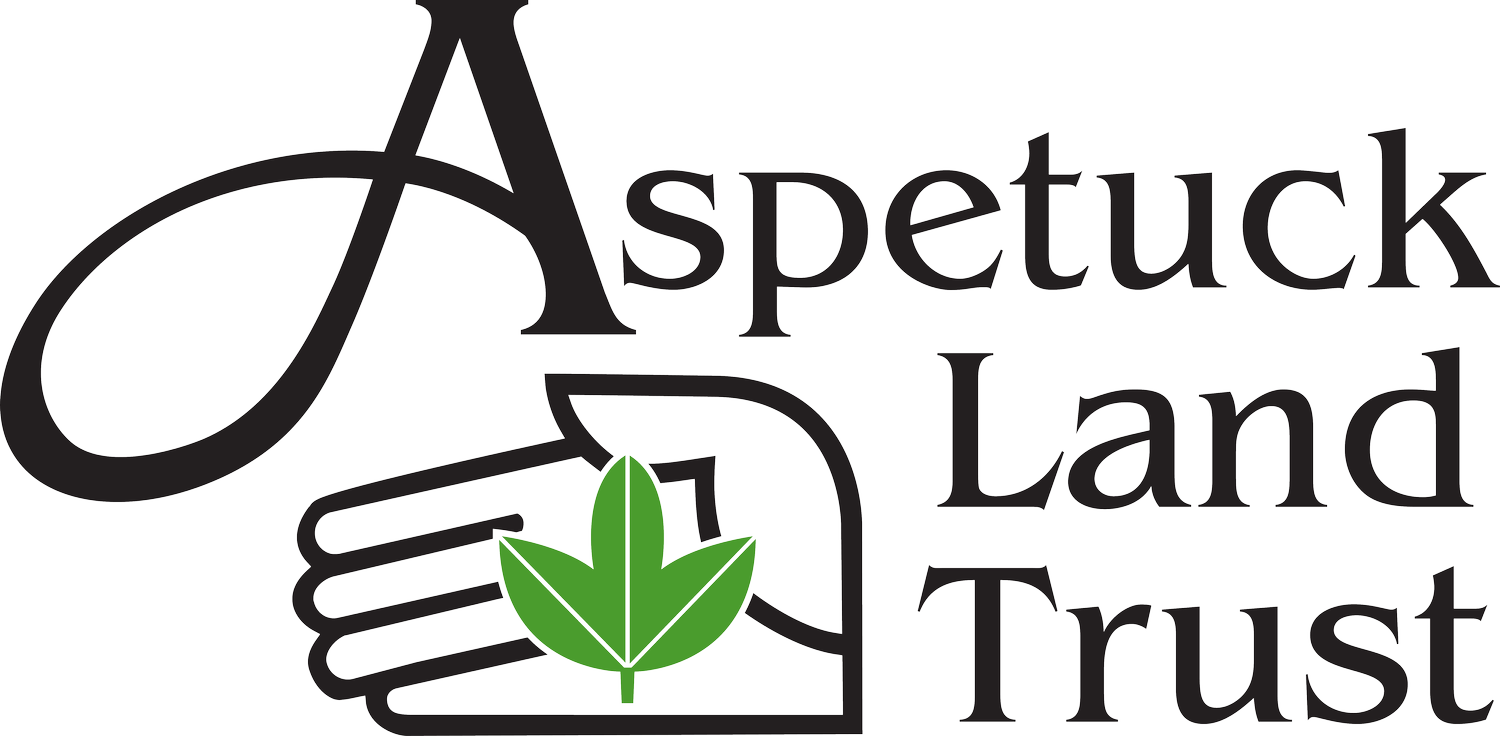Suggested Articles
Action steps like planting a patch of clover or supporting the spring plant sale stem from inspiration. Browse an article below that inspires you, and enter a conversation that extends beyond the boundaries of the Green Corridor.
The Insect Apocalypse: The New York Times | Tracking the decline in the abundance of insect species worldwide. We can turn around pesticide usage and habitat loss.
Birds Are Vanishing From North America: The New York Times | Fewer insects means fewer birds. The number of birds in the United States and Canada has fallen by 3 billion in the last 50 years, driven by the use of pesticides and habitat loss.
Yes, You Can Do Better Than the Great American Lawn: The New York Times | Rethinking the lawn as an aesthetic and way of life is a process. To begin, shift to no pesticides, taller mowing, or letting the clover grow. You can also think about native ground covers and replacing sections of the lawn.
Why You Should Plant Oaks: The New York Times | Oaks disproportionately support insects and birds, providing food and shelter.
To Nurture Nature, Neglect Your Lawn: The New York Times | It’s time to welcome wildflowers instead of grass to our lawns.
Why Some of Your Annuals Should Be Native Plants: The New York Times | We usually think of perennials, plants that grow more than one season, when re-introducing native plants into the landscape. However, native annuals like Black-eyed Susan or sneezeweed can become helpful "placeholders" in the early stages of your native planting.
How (and Why) to Use Native Plants: The New York Times | Let’s select native plants that will provide corridors for wildlife. Our backyards can become links to protected open spaces when the right plants are installed.
A Smarter Fall Cleanup: The New York Times | Ecologically-sensitive fall cleanup provides habitat for migrating birds and overwintering insects, while also enabling nutrients to get recycled. Then practical tips are offered for leaving the leaves or raking them thoughtfully.

